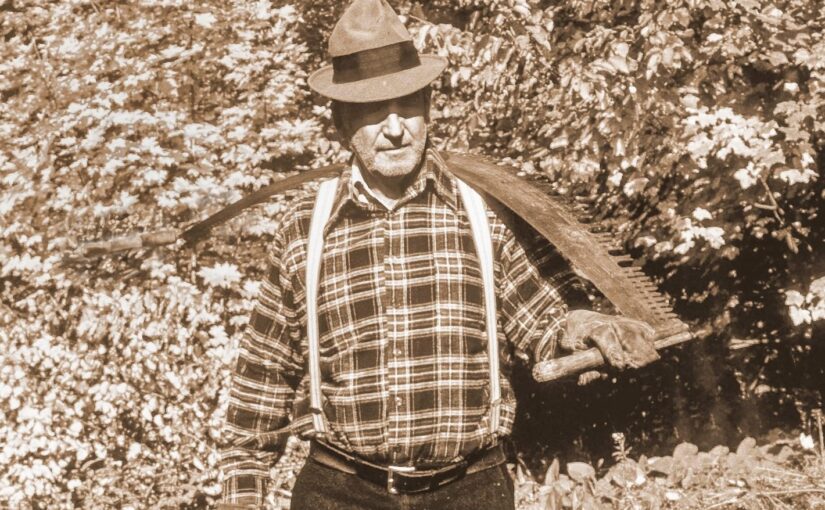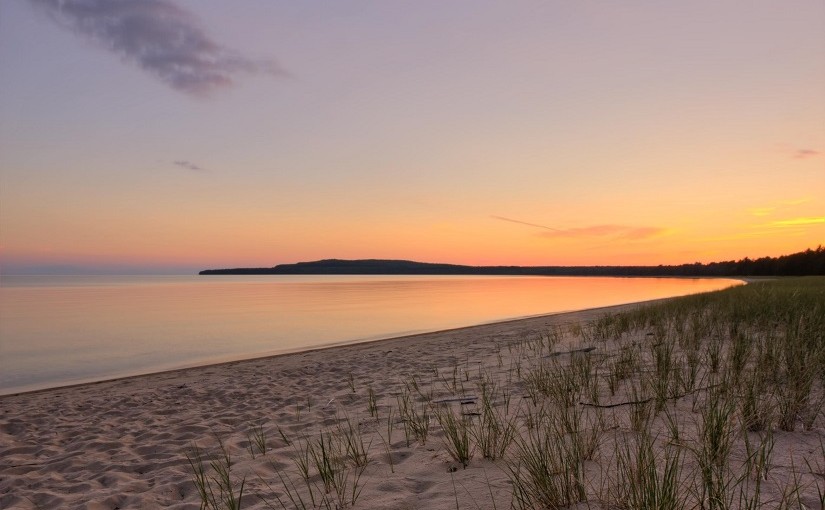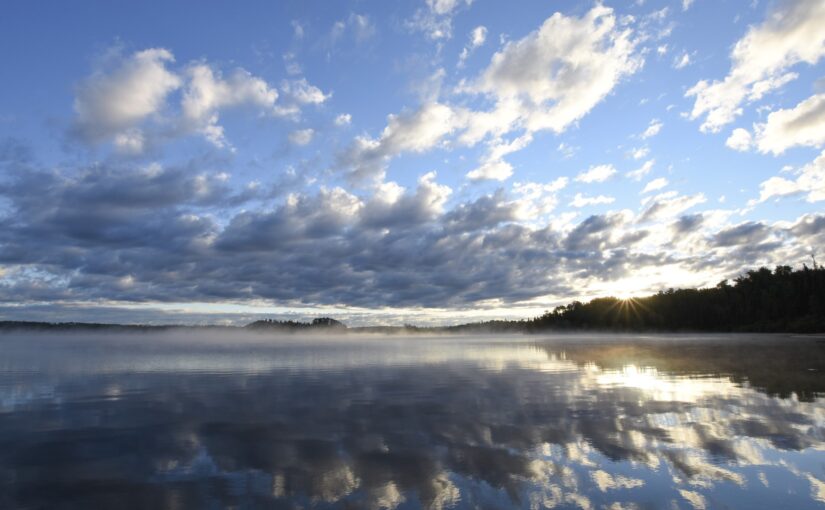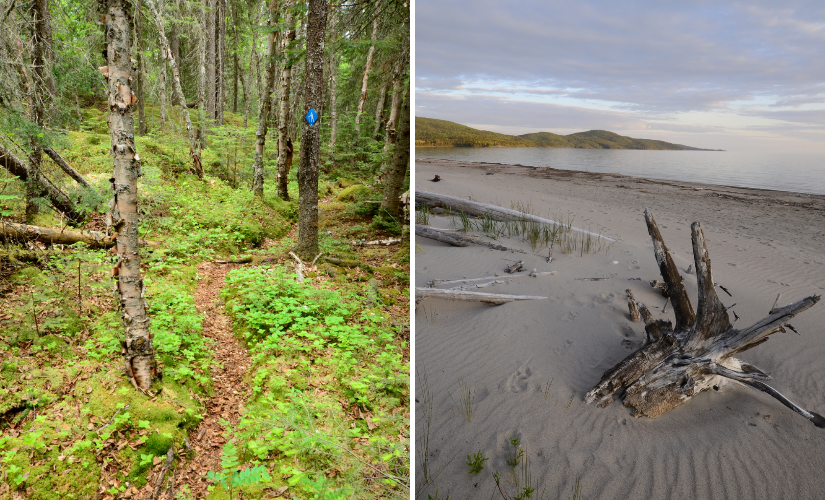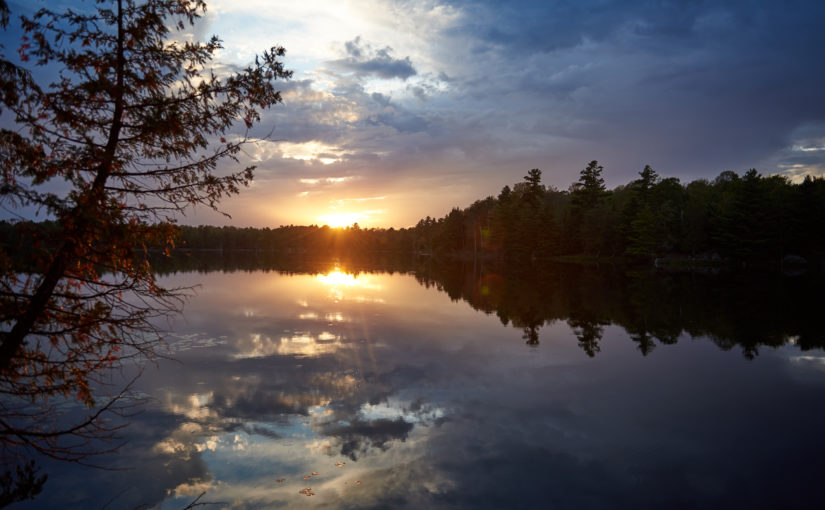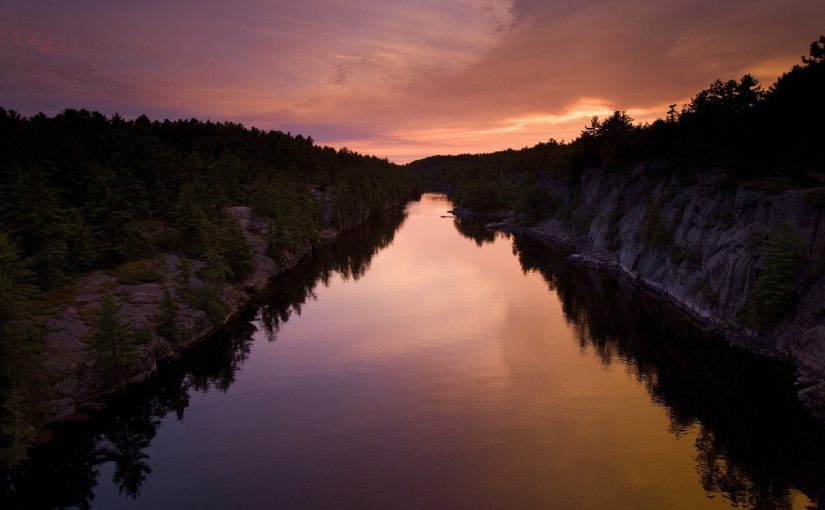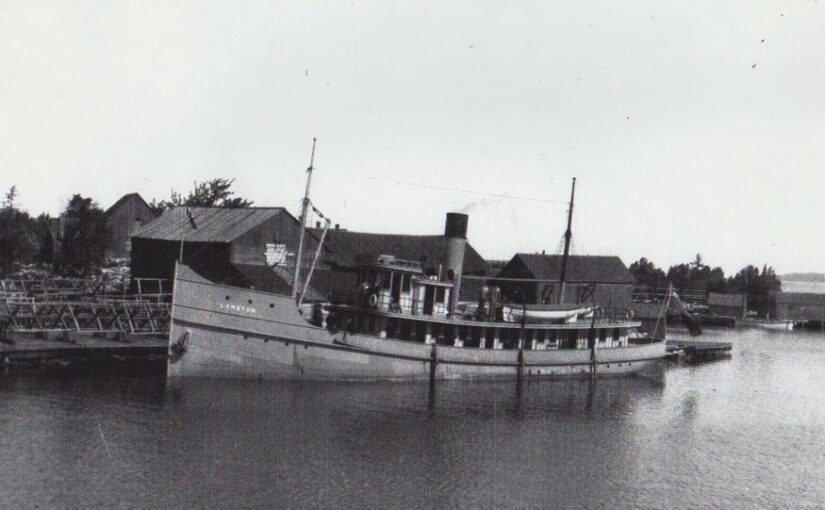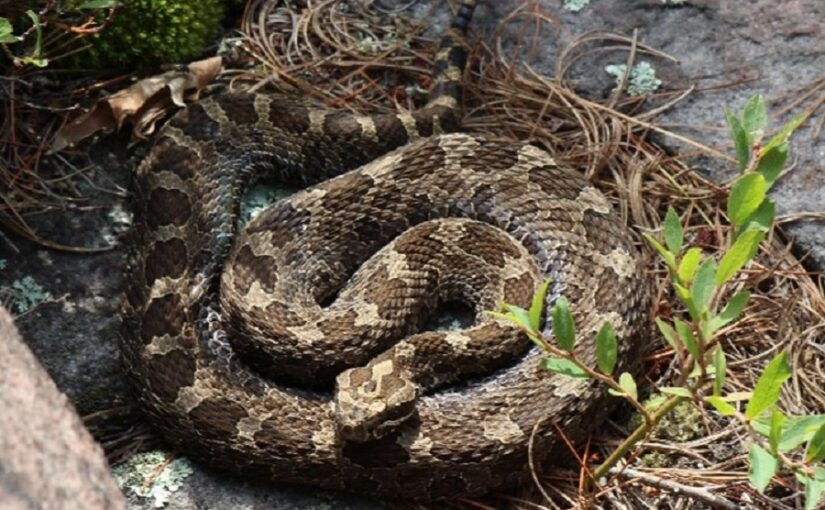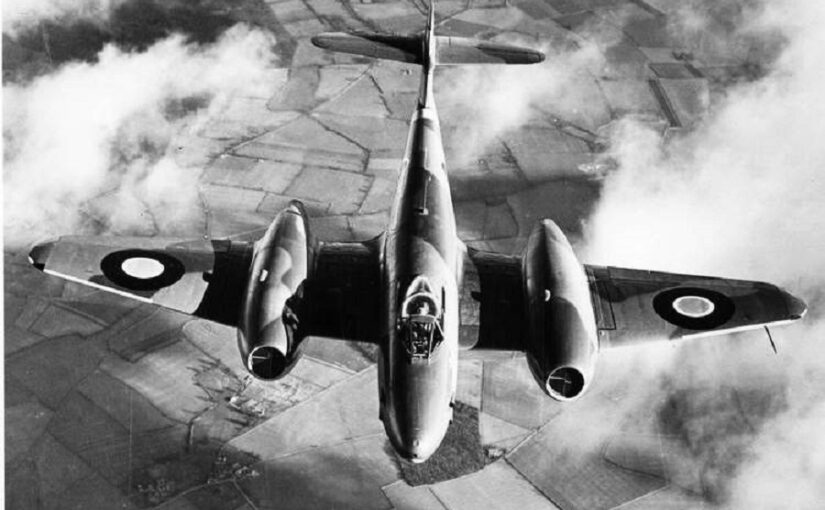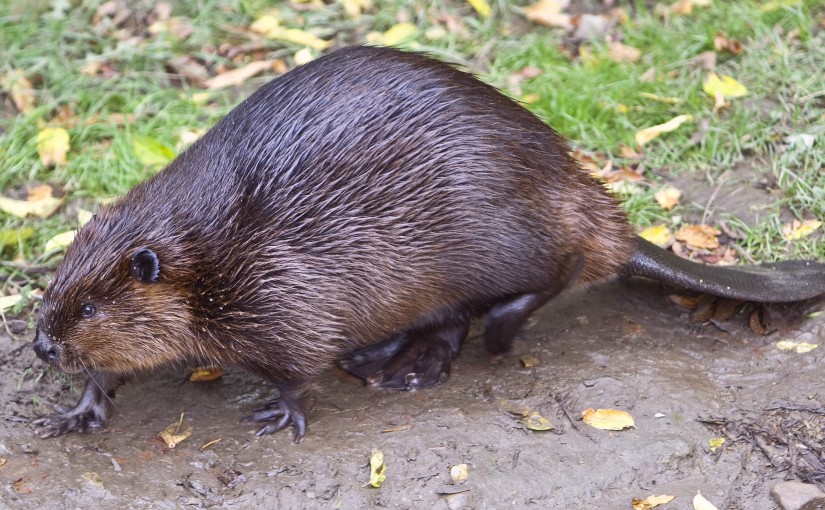Today’s post comes from Sonje Bols, a Discovery Program Coordinator with Ontario Parks’ Northeast Zone.
Have you ever wondered what it would have been like to be a lumberjack 100 years ago?
Was it a life full of adventure? Or was it a hard, grinding existence?
Did some lumberjacks really have superhuman strength? How much truth can be found in the legends and songs describing their feats, struggles, and triumphs?
Here are five objects from Marten River that illustrate what the life of a lumberjack was really like!
